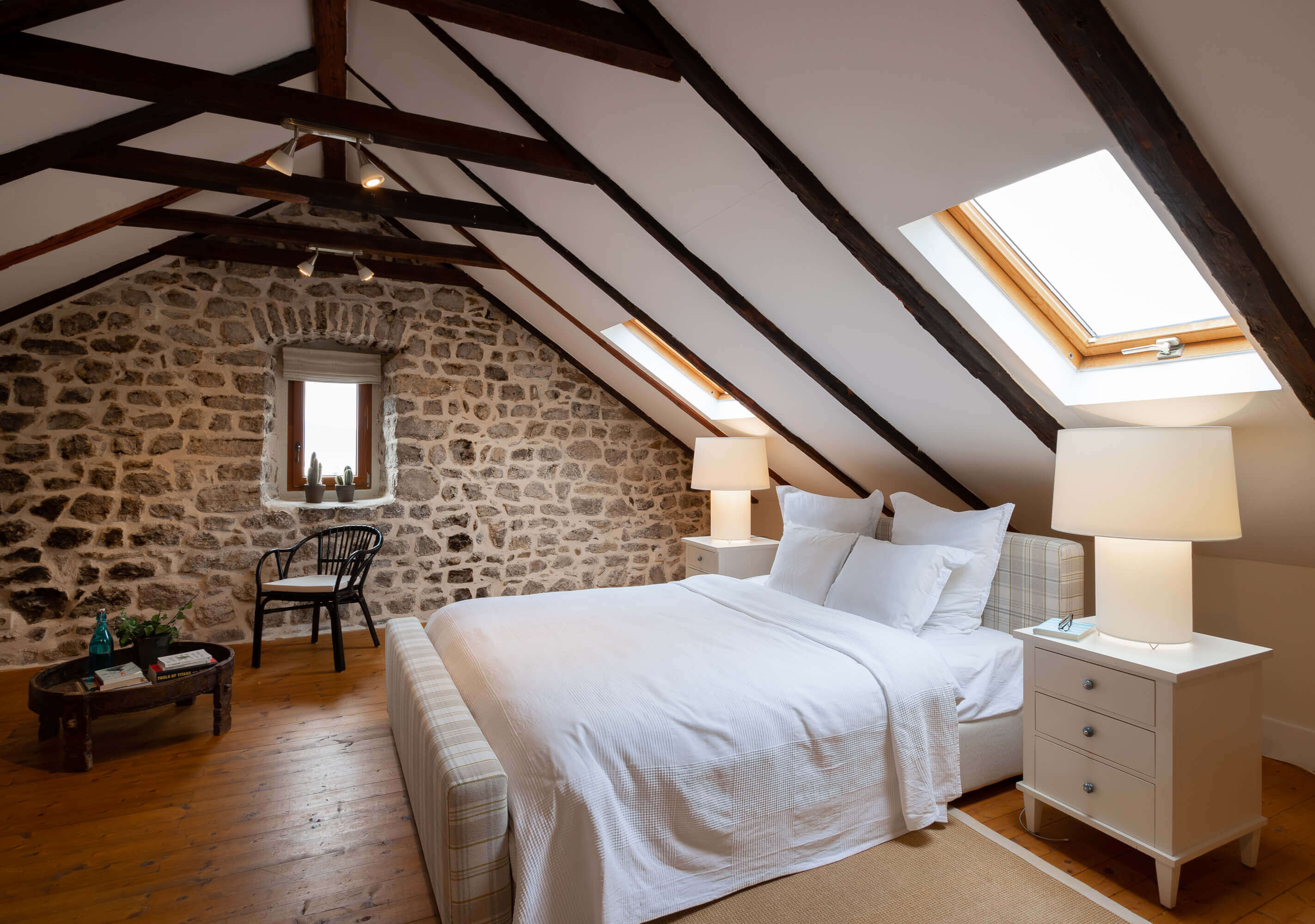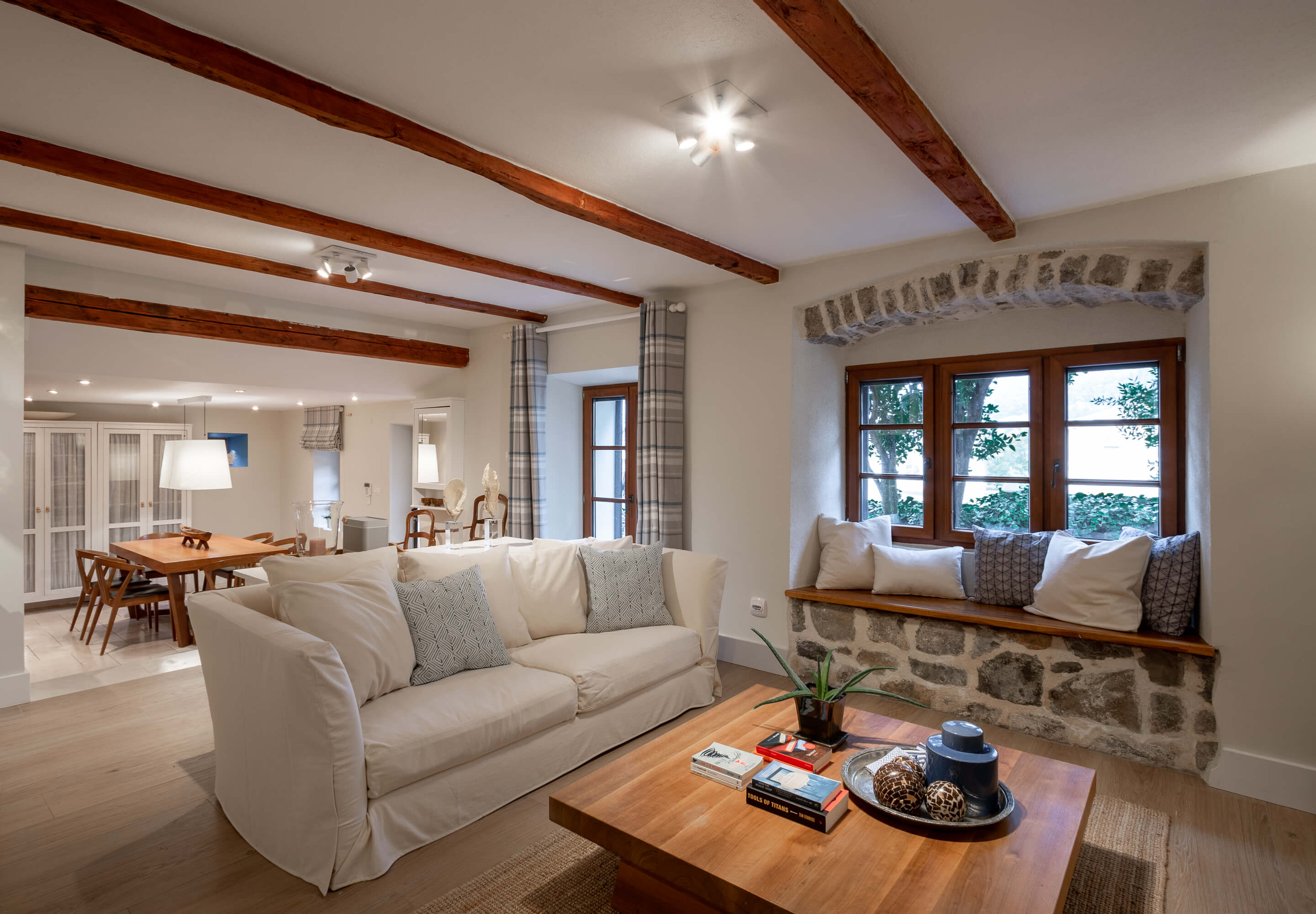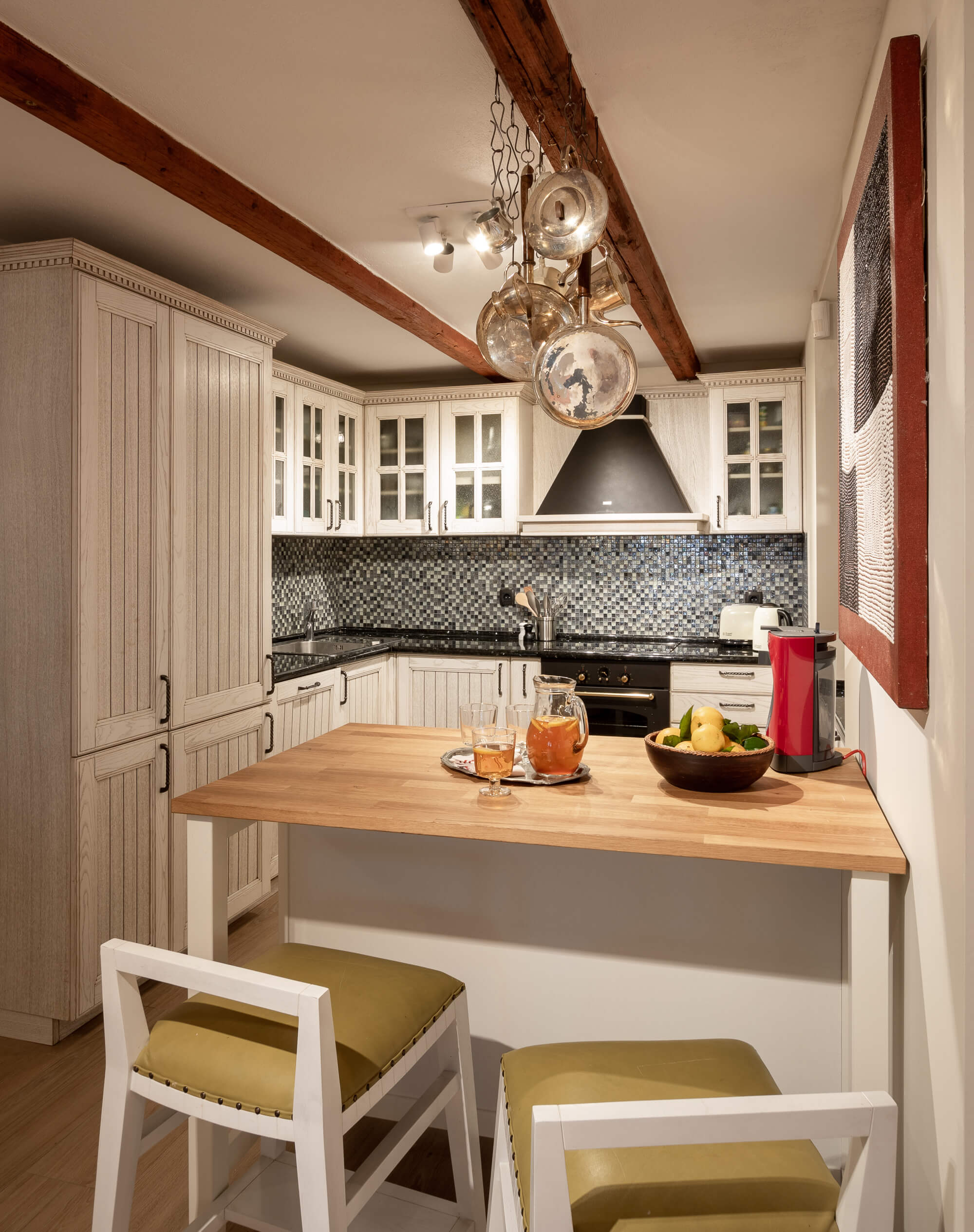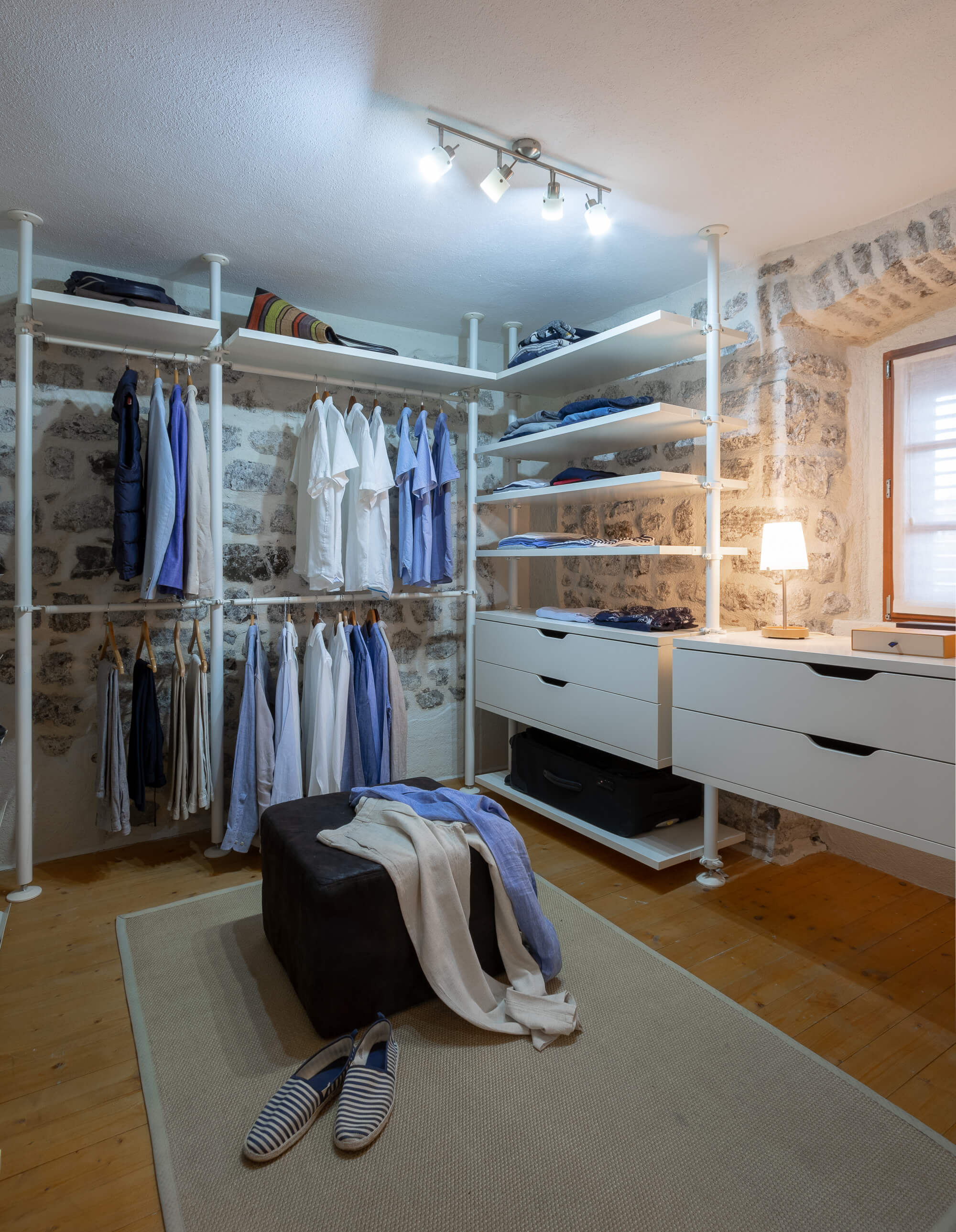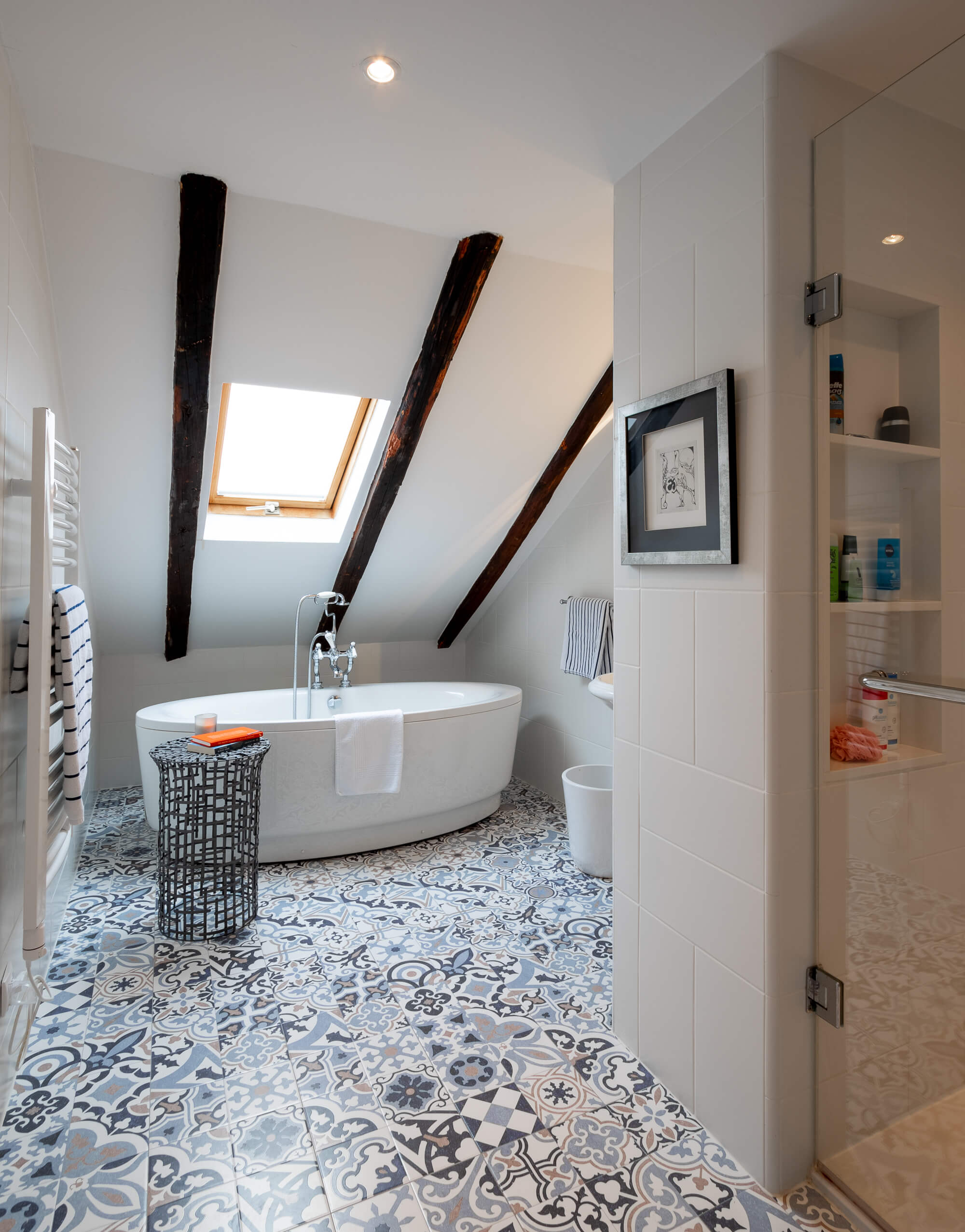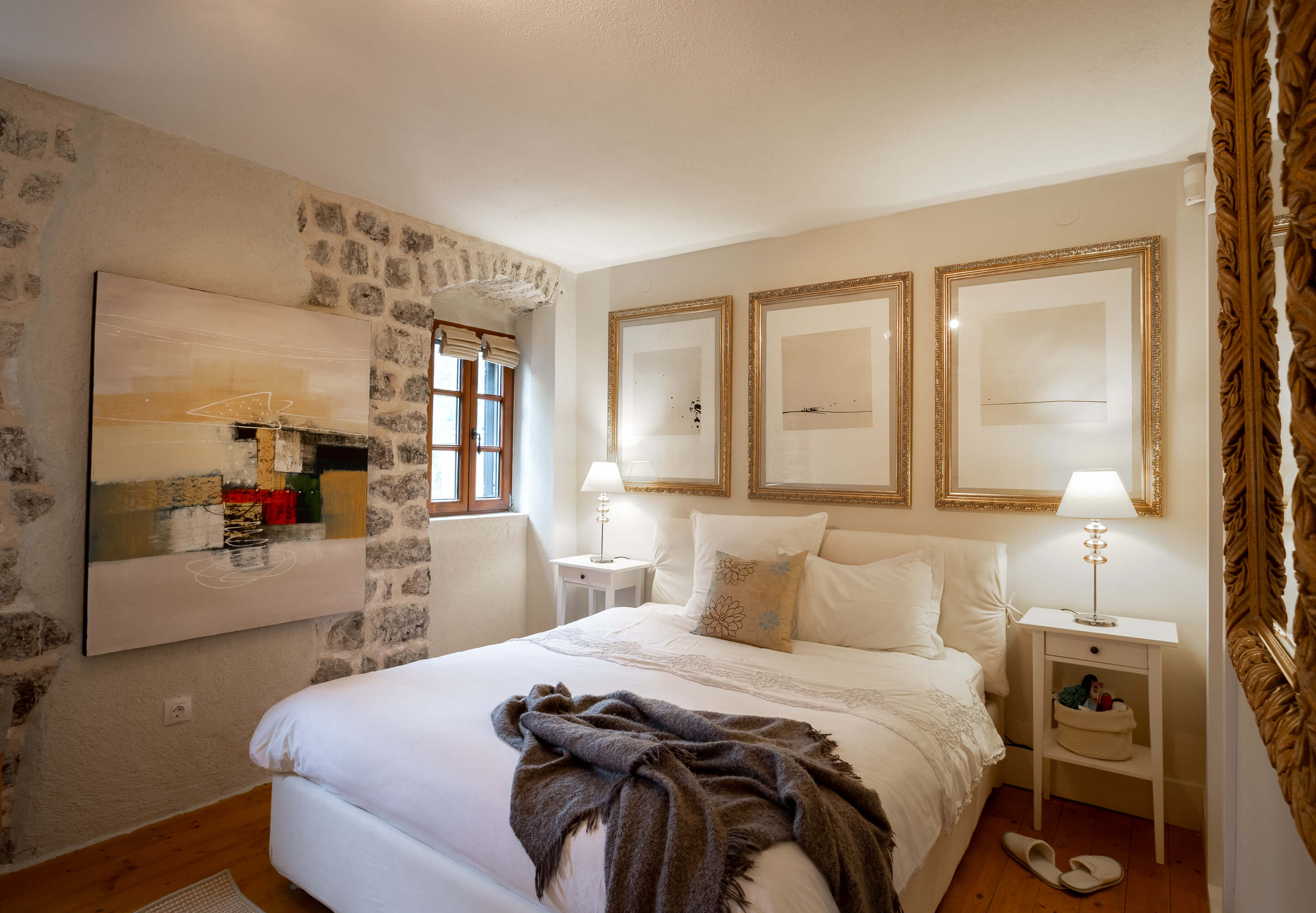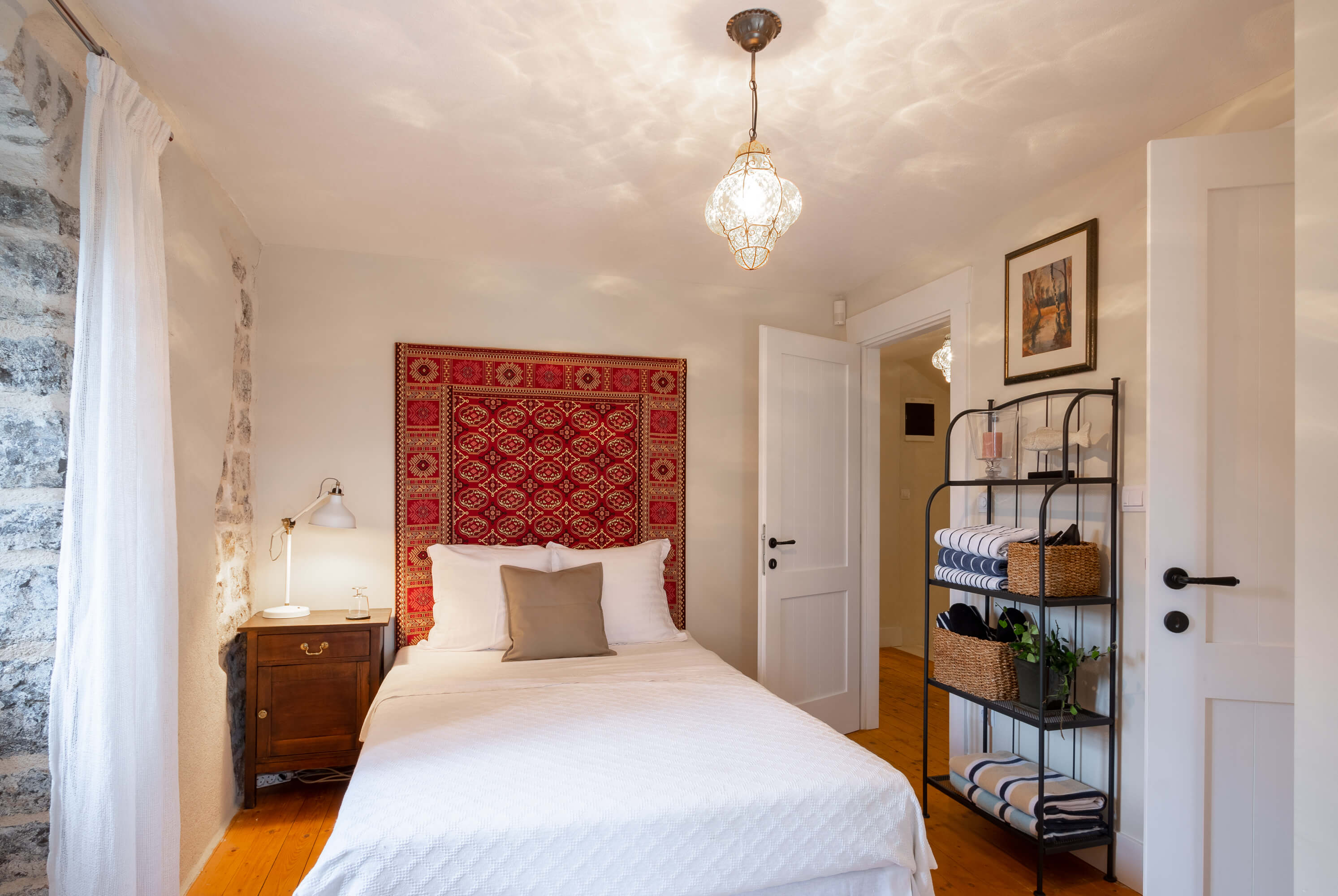News
28 January 2019 - A platform for cooperation of border services in the Western Balkans represents one of the initiatives that will enable stronger cross-border cooperation and establishing frameworks for more efficient sharing of information among the customs administrations. It will contribute to greater security of a society and protection of the countries’ financial interests. These were the outcomes of the meeting of the heads of customs services in the region, hosted by the Customs Administration of Montenegro.
“The meeting represented the continuation of agreements reached at the London Summit in July 2018,” the Administration stated.
The United Kingdom Ambassador to Montenegro, Alison Kemp, and head of the Customs Administration, Vladan Joković, delivered their welcome speeches at the opening of the meeting.
The latest debate on chapter 29 - Customs Union discussed that in the area of customs policy, Montenegro has largely harmonised its legislation with the European one, and the modernization of the customs service will remain a priority this year, so that, with a higher volume of international trade and raising the standard of living, Montenegrin society would be safe.
Chief Negotiator Aleksandar Drljević reminded that Montenegro opened negotiations at the end of 2014 on Chapter 29 and that three final criteria for closing this chapter were defined. They are related to further harmonisation with European legislation and its application, as well as the progress achieved in the development of interconnected IT systems, which is a significant challenge.
"When it comes to Montenegrin business people and entrepreneurs, removing customs barriers will give an opportunity for unhindered product placement, which will facilitate the export of domestic goods to the market of about 500 million consumers. Networking of business entities and an increase in exports will positively affect the trade balance and the overall business environment in Montenegro. On the other hand, our citizens will have access to better quality products from EU countries at significantly lower prices due to increased competitiveness," Drljević concluded.
28 January 2019 - According to the information provided by the Parliament of Montenegro, the Committee members also met the president of the Republic of Albania, Ilir Meta, Albania’s parliament speaker Gramoz Ruci, minister for diaspora Pandeli Majko as well as the members of the Committee for foreign affairs and subcommittees for diaspora and human rights.
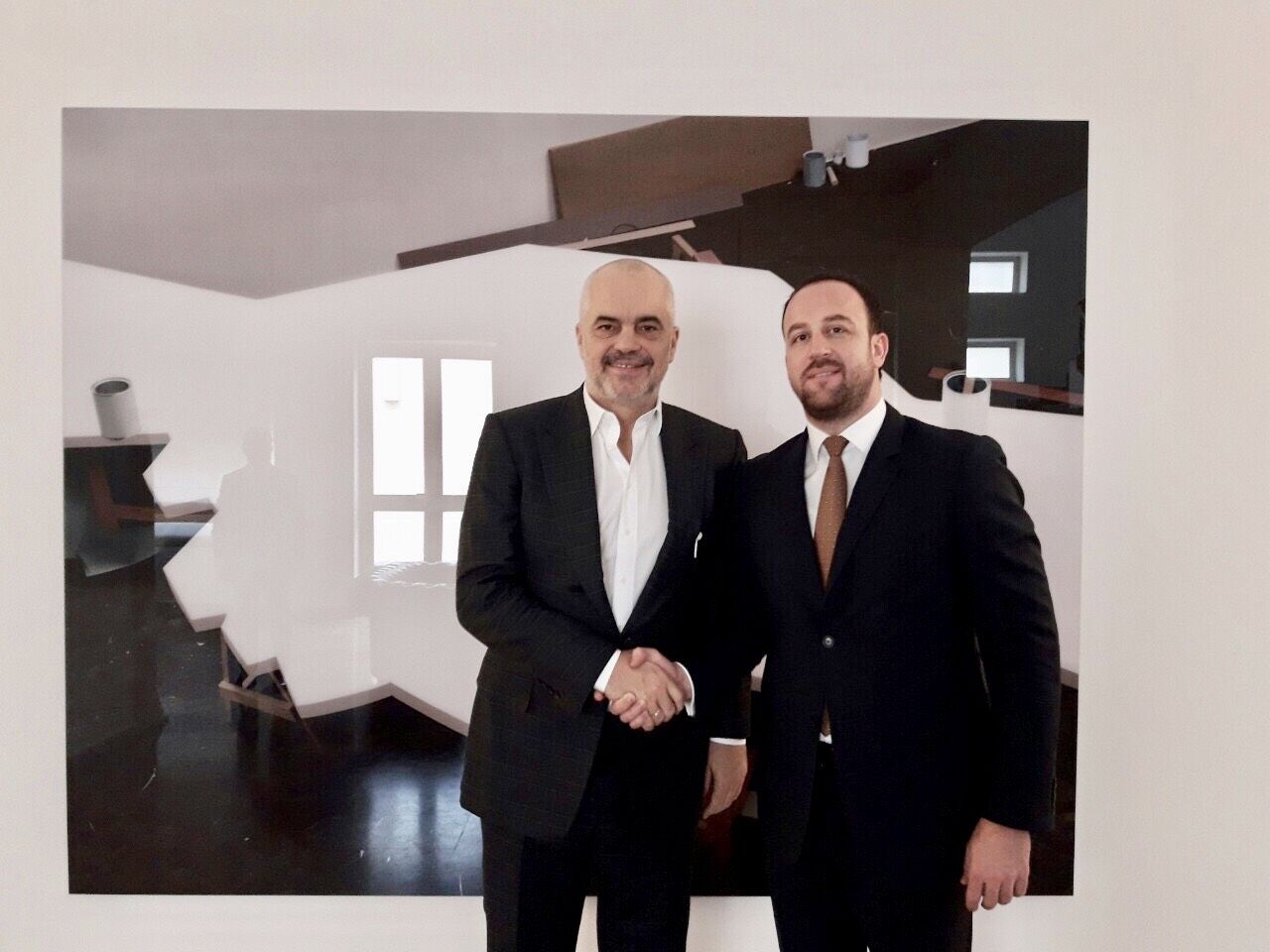
During the meetings, both sides concluded that “Montenegro and Albania have fostered their friendly relations, mutual trust, and good neighborly relations.”
Apart from Nikolić, the Montenegrin delegation included other members of the Committee as well – Luiđ Škrelja, Halil Duković, Miloš Nikolić, and Ervin Ibrahimović.
Montenegro Ambassador to Albania, Dušan Mrdović, and Montenegrin consul in the Embassy, Danilo Brajović also attended the meetings.

During the earlier meeting that took place in Podgorica, Prime Minister of Montenegro Duško Marković and President of Albania Ilir Meta agreed that Montenegro and Albania should join forces to make the best of standard potentials in many areas such as water management, tourism, and agriculture.
"The economic prospects of the two countries are serious, and the two governments should do everything to use them," said Prime Minister Marković, adding that bilateral political relations are at a very high level.
The meeting also discussed the importance of peace and stability in the region, and in that context, the importance of the membership of both countries in NATO, emphasising the significance of European integration as well. Prime Minister Marković said that Montenegro supports Albania's EU bid, adding that country is willing to transfer knowledge and experience from its negotiation process.
Source: Cafe del Montenegro
January 29, 2019 - After three months of peaceful protests against a controversial construction project and in defense of preserving a nearly century-old cypress park in the center of Bar, a port city on Montenegro’s coast, it looks like the battle has been lost. However, Sonja Dragović tells us that the activists are not giving up - by responding to the government’s oppressive and deceitful tactics with hopeful, creative, and sustained acts of resistance, they keep trying to reclaim their right to the city, note the editors of LeftEast introducing the article published on 26 January
The Montenegrin town of Bar, an Adriatic Sea port, suffered a major loss last Thursday morning when around 90 cypress trees, almost 100 years old, were cut down in an attempt to clear a plot of land for the construction of a new kindergarten. This regrettable action is not, as it may initially seem, the result of a lack of space for much-needed new pre-school facilities, but a direct consequence of urban planning malpractices that have had a detrimental effect on the development of the entire country. In this particular case, the lack of accountability and transparency – together with systemic discouragement of meaningful public participation – produced a disastrous result. The only possible silver lining is the newly awaken energy of civil disobedience and communal solidarity rediscovered among the citizens of Bar, who are determined to stand up for their park, their schools, and the future of their city.
The works were announced on October 15 when Bar’s mayor, joined by the Minister of Education, set the foundation stone while casually noting that the new pre-school facility will be built between the buildings of two existing schools, where the old cypress park was located. Even though this face was announced as a matter-of-fact, not-to-be-discussed-any-further, the protests began almost immediately with a group of high school students starting to shout at the politicians participating in the ceremony, expressing their readiness to oppose the works and the implied destruction of their schoolyard, of which the park is an inseparable part.
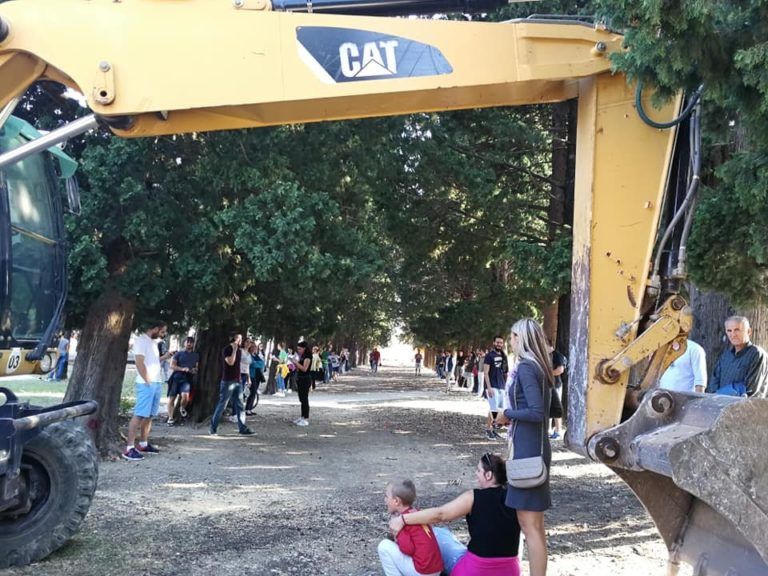 Human shields: citizens of Bar defending the cypress park. Photo: Anastasija Ivović
Human shields: citizens of Bar defending the cypress park. Photo: Anastasija Ivović
In the following days, the broader community began organizing in support of the cause. Human shields stopped the first attempt to cut the trees down, night watches were constantly organized, and a petition that asked for the park to be protected and for the new kindergarten to be moved elsewhere gathered more than 3,000 signatures. Meanwhile, students turned the protest into a festival dubbed “About Cypress Trees and People,” converting the park and the small amphitheater within its limits into a regularly occupied stage for local artists, debates, lectures, and workshops.
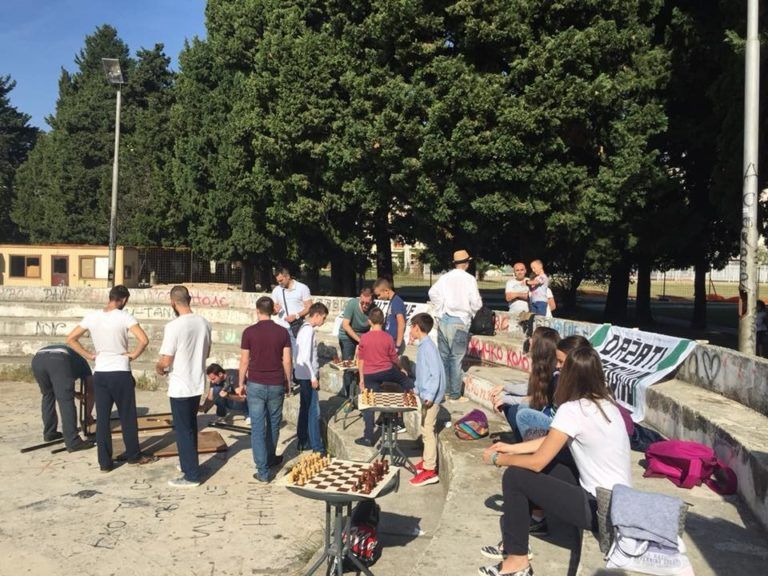 Human shields: citizens of Bar defending the cypress park. Photo: Anastasija Ivović
Human shields: citizens of Bar defending the cypress park. Photo: Anastasija Ivović
Persistence paid off, at least temporarily, and the local parliament was persuaded into stopping the works and holding a special session to discuss the issue and vote on how to proceed. On November 15, the petition was dismissed - 14 opposition members of the local parliament supported the protesters, while the ruling majority did not: 7 were against their demands, while 13 were undecided. Activists agreed to continue advocating for their cause by using other legal instruments, primarily to examine the urban planning procedures that led to this outcome.
The plan for this construction project and everything it entailed was not new – it was only not discussed in public until the works were about to begin. The detailed urban plan which placed the kindergarten in the schoolyard was adopted in 2009 by the local parliament; upon closer inspection, it seems to be flawed, full of contradictions, and outdated. The building permit was first obtained in 2014 and renewed in 2017; it was issued even though the necessary documentation seems to be incomplete and the project itself is, to put it mildly, of dubious quality. All of these shortcomings have been discovered and publicized by local activists, who have submitted a request for inspection to the planning and construction authorities and filed an appeal to the Administrative court of Montenegro.
None of this really mattered. During the winter school break, while the procedures for assessing the validity of the plans were still ongoing, early in the morning of January 17, without warning, the trees in the cypress park were cut down. Since the official construction plan didn’t even account for this greenery (which was one of the shortcomings above), the authorities didn’t provide any official information on what portion of the park was to be destroyed, or why the works couldn’t wait for the official ruling on the citizen's appeals against this decision. Construction firms hired to do the job came from other cities. When the activists tried stopping them, the local police interfered and carried the protesters out of the park. According to activist’s accounts, 91 out of 127 cypress trees were cut down.
The damage Bar suffered is irreparable. The centrally located park provided protection from the strong sea winds and erosion, representing a natural oasis for the schoolyard and was, by all accounts, a beloved local landmark. So, why did this happen? In short, because it was convenient for the government, and because the wishes, needs, and long-term interests of the citizens are not the government’s prerogative. A longer answer would have to take into account flawed spatial planning procedures, which have for decades deliberately excluded people from the decision-making processes. The usual strategies of exclusion include lack of promotion for necessary public consultations, failure to provide the required materials in time and a format accessible to the broader audience, and the deliberate withholding of important (and possibly unpopular) facts. The goal is to have the consultative procedures formally fulfilled but essentially rendered meaningless, designed to confuse the wider public and discourage citizens from getting to the bottom of the planning process. What lies at the root is, of course, private interests - turning public space and public property into lucrative business opportunities for privileged individuals.
The case of Bar is not fundamentally different, even though the building in question is a public kindergarten – not a new tower built by some controversial “strategic investor,” as is usually the case. By placing the new pre-school facility for 400 children in the existing, already crowded schoolyard mostly used by high schoolers, the local government and the Ministry of Education have violated current planning rules and prescribed construction codes. Such a decision, however, was strategic - it preserved some other piece of publicly owned land in Bar for future, money-making construction projects. In this business calculus, a public park could only ever be a nuisance, an obstacle to getting rid of it – and that’s precisely what happened, common sense and the public interest be damned. One of the many sad ironies of this episode is that the construction of the future kindergarten is funded with a credit from the Council of Europe Development Bank, an institution whose Environmental and Social Safeguards Policy clearly states its commitment to promoting good environmental practices.
Source: LeftEast, author Sonja Dragovic
January 29, 2019 - As soon as it recovered and began to settle down at the bottom of the Boka Bay, a protected endemic species, the largest Mediterranean shellfish Pinna Nobilis, is still in jeopardy.
January 29, 2019 - The Real Estate Agency Fresh has announced an advert on the sale of the Austro-Hungarian fort Arza with the surrounding area on the Luštica peninsula.
You may not be aware, but in Montenegro, even the dolphins are called by their names, and recently everyone who wants to can adopt them, as long as they are left in their natural habitat. The adoption costs 20 euros a year, and this money goes to the support fund of the international project of marine mammals.
The first person to adopt is a German from Bar, a renowned environmentalist Michael Bader.
The dolphins in the Montenegrin Maritime zone have been monitored and studied for the third year in a row by the branch of the Turkish Maritime Mammal Species Research Association (DMAD), through which project “Montenegrin Dolphin Research” Bader got the certificate for the adoption of the dolphin King, which he has proudly framed and put up on the wall of his apartment.
A dedicated group of DMAD volunteers from all over the world, located in Bar settlement Ilino, monitors the dolphins from land and sea and, according to the scientific director from this NGO Dr. Ajlin Akajabas, they have already formed a significant database of dolphins, out of which seventeen are identified and named at the coast from Ulcinj to Kotor.
"What we are trying to figure out is what is happening in the marine eco-system of Montenegro, with the focus on the dolphins who are the top predators here, some sort of marine police, nature and sea protectors. By getting to know what's going on with the dolphins, we see what happens to the fish, which areas need to be protected, whether the sea is healthy or not. We get all this information by looking at the dolphins, and yet they are so lovely, and we enjoy being in their company," says Akajabas, who has a PhD in biology of the sea.
According to her, this DMAD project is registered and is now planning to be extended to its second phase. The team includes volunteers from Turkey, England, the Netherlands, Argentina, Germany, Canada, Australia, USA, who takes turns, and the core team has had the same composition for more than a year.
"We have an intensive program of work, non-stop, we follow the dolphins from a position on the land three times a week, and we follow them on a boat once a week. We use special optical equipment for viewing, monitoring and photographing them. Each of the dolphins we follow has its name, they are individuals to us," says Akajabas. Young scientists of the dolphins recognize and discern their backbone fins because, as she says, each has special markings. Based on this, they keep records of how many of them are staying in which place.
Boka Bay is, of course, their favorite place. "Now, in our registry there are 17 of them, and we are thrilled when we see them with the cubs, which is very important," says Akabajas. Melissa Basmaka, who is in charge of communication, points out that the adoption of dolphins is a unique model of support for such research, and also a very effective way of raising public awareness that these wonderful creatures live right next to us, in the sea.We saw them just the other day at the entrance of Bar marina. you need to understand how important they are for the sea," Basmak emphasized. Michael Bader is now the only one in Montenegro who has adopted a dolphin, and DMAD activists hopes others will follow his example.
"I am aware of these activists for a long time, because I am happy to participate in all activities related to the preservation of the environment. We went together twice on a boat to follow the dolphins, and when I saw that there was a possibility to support them, I immediately went into action and subscribed to five years. Particularly when I saw that one of them is named the King, there was no other way but to adopt him immediately," Bader said.
Montenegro is beautiful, Aylin and Melissa say, and for them as researchers a "real gold mine".
"Research in these areas was sporadic from time to time, and that is why we make the databases we want to share with Montenegrin governmental state institutions, to fill in obvious gaps in these areas, to use these data for the necessary protection of particular areas and species. What is good for Montenegro is the seriousness with which they approach these aspects in the Agency for the Protection of the Environment, they really want to follow the protocols to protect. Our job is to collect data and to hand them over. But we really need the Montenegrins in the team," Melisa said.
Text by Radomir Petric, on January 28th, 2019, read more at Vijesti
The international project "Seek, innovate your dreams", which aims to help pupils to understand and prepare for future professions, has been joined by a group of teachers and students from Montenegro. Coordinators from Montenegro are professors of the mother tongue and literature from Rožaje and Plav, Mirsada Šabotić and Senada Đešević, professor of biology from Niksic Olivera Lucic, a mathematics professor from Rožaje Munirka Agovic and professors of class teaching, Marina Knežević and Dušanka Vujičić from Nikšić, and Ivana Milic from Podgorica. They have succeeded in involving 105 teachers and 2,657 students from many Montenegrin elementary and high schools.
"The project deals with the promotion of three out of 17 United Nations sustainable development goals - quality education, available clean energy and industry, innovation and infrastructure. The project activities will last for seven weeks, with particular emphasis on the student's competencies such as communication, collaboration, critical thinking and problem solving, creativity and innovation, digital skills. The theme of the project is the future professions that do not yet exist, the role of technology in the world of change, the future industry, SDGs, the coordinators explained
Pupils and teachers who will receive certificates after completing the project have already started their first assignment and the results can be seen on social networks.
The project, founded by professors Karum Vits from Pakistan and Rania Lumpur from Greece, has gathered 1,700 teachers and 100,000 students from nearly 60 countries.
Text by Svetlana Mandic, on January 28th, 2019, read more at Vijesti
The Serbian Education Society (SPKD), "Prosvjeta", awarded the traditional life-work award this year to the teachers Čeda Vukićević and Savo Radanović for their contribution to the education of numerous generations of young citizens of Herceg Novi.
Čeda Vukićević (maiden name Bronzic) was born in 1923 in the village Kameno in the family of Lazar Bronzic, also a teacher, as the tenth of twelve children. She finished the primary four-grades school in her native village, which was then the most advanced in the municipality Herceg Novi and which will produce the largest number of educated people, and especially teachers. In Lazara Bronzic’s family, all children will be educated in high schools and more. After completing four grades in Kameno, she attended high school in Herceg Novi and Teacher’s school n Cetinje.
She remembered the war years because the Italians set their house on fire in 1942, so she moved with her family to Herceg Novi, Savina, to their cousins Zloković. As a teacher in 1946, she worked in Petnjica. She got married in 1947 for geodesic engineer Dušan Vukićević, who became a post-war Minister of Transport.
Then she worked at the Ministry of Education in Cetinje and was also the school director in Baošići. She retired as a teacher at the elementary school "Milan Vukovic”. Her former pupils are today distinguished citizens, engineers, professors, doctors, professional athletes and artists.
Teacher Savo Radanovic was born on March 3rd in 1947 in Prijevor, in the municipality of Herceg Novi. He graduated from the Pedagogical Academy in Dubrovnik and spent his entire working life at the elementary school "Dašo Pavičić" as a class teacher.
During several decades of work, Savo showed outstanding expertise and responsibility in work. Thanks to his many years of work at Sutorina, this school branch has survived.
The pupils, parents, and locals immensely admired him because of his enthusiasm and genuine dedication to the pedagogical and every work for the benefit of his native region, they say from SPKD "Prosvjeta".
Text by Slavica Kosic, on January 28th, 2019, read more at Vijesti
The 50th Mimosa Festival Caravan traveled to Slovenia to visit Novo Mesto, Kranj and Ljubljana.
The City Music Orchestra, majorettes, trombone players, masks and chariots will go to Novo Mesto at noon and will be presented in Kranj at 5 pm and in Ljubljana on Wednesday. The parade is planned for the Tourism Fair, where TO Herceg Novi will have its stand, as well as at the main city square.
The Mimosa Festival Caravan this year presented a flower festival in Vienna, Belgrade, Novi Sad, Zrenjanin, Vrbas, Višegrad, Zlatibor, Bijeljina, and Podgorica.
The Jubilee Mimosa Festival will be open with the concert by Zdravko Čolić on the plateau in front of Hotel Igalo in Igalo. For the 50 days of festivities in honor of the yellow flower, masquerades, entertainment, cultural and sports programs will be organized.
Text by Slavica Kosic, on January 28th 2019, read more at Vijesti
The Montenegro Immigration Law, which entered into force in February 2018, was changed recently.
In January of 2019, the new amendments to the Montenegro Immigration Law were adopted. The latest edition of the Law has already entered into force. In this article, we will highlight the most important innovations.
Temporary residence permit for property owners
The procedure for issuing the real estate owners a temporary residence permit in 2018, had perhaps the most significant changes and interpretations. Finally a temporary compromise was found before the adoption of the relevant amendments to the Law. In the new version of the Law, the residence permit from the real property possession can be obtained in case if shared ownership is at least 1/2 (Article 56 of the Law).
Temporary residence for employment
There are few changes in this part.
►A fundamentally new position is included. From now it is possible to obtain a residence permit by occupying the post of executive director in several Montenegrin companies. The Labor Law governs details of such employment. For ordinary employees, not directors, nothing has changed. A residence permit can be issued only for a specific workplace with a particular employer.
►Foreigners over 67 years old will be able to get a temporary residence permit as employees: individual entrepreneur or executive director. In case of an executive director, there are some possible terms: the foreigner should be an executive director of his own company and have a share in the authorized capital of at least 51%. Previously, employment of foreigners over 67 was unavailable due to restrictions in the Labor Law.
Considering that the Immigration law gives no reason for obtaining a “pension” residence permit this amendment is more or less a mcompromise.
►Requirements for some terms have been changed.
The term for the decision-making process regarding the application for a working residence permit is reduced from 20 to 15 days. The period for signing a job contract and registration with the tax authorities is reduced from 8 days to 24 hours.
Quotas by profession are abolished, only quotas by industry remain.
Permanent residence in Montenegro
Children under the age of 14 and adults over the age of 65 are not obliged to provide a certificate confirming the local language proficiency when applying for a permanent residency.
Visa to Montenegro
An electronic application system is to be developed for obtaining a Montenegrin visa. It will be available on the websites of the Ministry for Foreign Affairs of Montenegro and its diplomatic missions. The application form is to be submitted online. Scanned documents which confirm the purpose of obtaining a visa, as well as passport and photo, are to be attached.
Considering that Montenegro has very few diplomatic missions outside the country, this measure will significantly simplify the process of submitting visa applications.
January 29, 2019 - Real estate in Montenegro is booming once more. After the halcyon days of 2004 when foreign investors poured into the country, the real estate market is once more buoyant. Signature developments such as Lustica Bay, Porto Montenegro and Portonovi have brought real 5-star class to the Montenegrin property scene.
And it is not just these major luxury developments where people are buying. Renovated stone villas, more modest apartments with sea views, and land. Total Montenegro News has decided to take a much closer look at the real estate scene here in 2019, and we are delighted to announce a new partnership with RE/MAX, one of the biggest names in global real estate.
RE/MAX recently entered the local market and has already made a big impact with a mouthwatering property portfolio. As part of the 2019 TMN coverage this year, we will be doing various in-depth features on the current real estate market, as well as a weekly Property of the Week from the Remax catalogue.
Perhaps fittingly, we start in Tivat, a small town which has seen an explosion in investment and building in recent years. Superbly located just a few minutes away from Kotor, Lustica Bay and its very own Porto Montenegro, the huge rise in passenger flights to Tivat Airport has made properties here accessible as never before - all year round.
Meet the first Property of the Week, where traditional Montenegrin stone meets high-quality luxury renovation with all the mod cons. A superb blend of tradition and comfort just 10 minutes walk from Porto Montenegro.
In the words of the RE/MAX catalogue:
One of a kind, professionally designed and updated old stone character property with terraced outdoor living areas and two off-street parking spaces. 10 minutes walk to Porto Montenegro. Three full bathrooms and four bedrooms on three floors with a total gross of 201 m2 (2,163 sq. ft.) 167m2 net interior living space, on a 201m2 plot perfect for outdoor living.
Recently completed renovations include new high quality, secure and energy efficient exterior doors, windows, and shutters, as well as a new solid wood pergola on the first floor raised terrace. Security alarm system and cameras are also recent. Original exposed stone interior walls, wood beams and more recently installed rustic wood plank floors blend seamlessly with newly updated interior finishes that include areas of antiqued local stone, porcelain, solid wood architraves, interior doors, and fresh decoration. Recently completed renovations include new high quality, secure and energy efficient exterior doors, windows, and shutters, as well as a new solid wood pergola on the first floor raised terrace. Security alarm system and cameras are also recent. Original exposed stone interior walls, wood beams and more recently installed rustic wood plank floors blend seamlessly with newly updated interior finishes that include areas of antiqued local stone, porcelain, solid wood architraves, interior doors, and fresh decoration.
This family home with optional top quality designer imported Italian furnishing and lighting, boasts a large open plan main living area, fully fitted kitchen, up to western standards, and new high-quality appliances. French doors open onto an outdoor living area shaded by oleander, bay leaf, and orange trees. This family home with optional top quality designer imported Italian furnishing and lighting, boasts a large open plan main living area, fully fitted kitchen, up to western standards, and new high-quality appliances. French doors open onto an outdoor living area shaded by oleander, bay leaf, and orange trees.
All bedrooms have connecting bathrooms. The large master bedroom loft featuring a deluxe five-piece en-suite and private sitting area being the most luxurious suite them all.
Price 475,000 euro.
For more information, photos and to book a viewing, check out this exceptionally renovated stone villa on the RE/MAX website.


